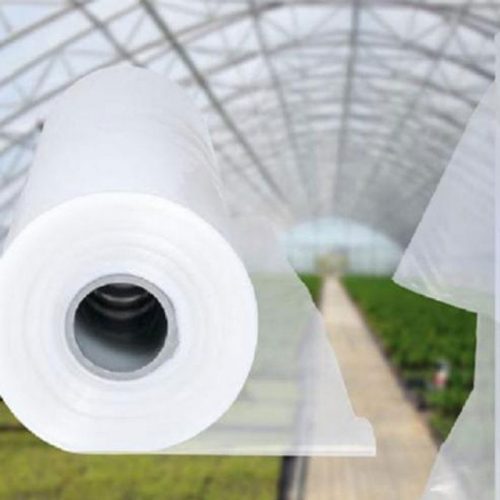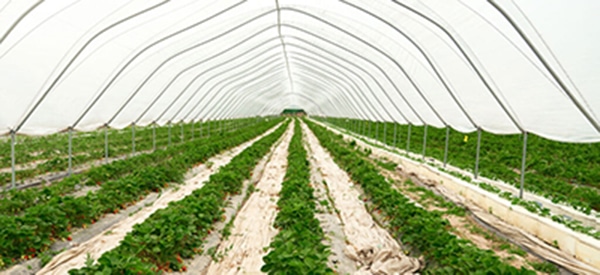
Any type of plastic that is very wide and is used for the roof of greenhouses is called greenhouse nylon.
The difference between wide greenhouse plastics and ordinary plastics is in the additives used to produce it, which is selected by agricultural experts according to weather conditions and other variables.
In general, additives used for greenhouse roof plastics increase the overall efficiency of greenhouses and crops.
There are no restrictions on the production of greenhouse nylon in different dimensions and thicknesses required by the customer. In the next paragraph, the dimensions and thickness of this product are listed, which are:
Can be produced in widths of 1 to 25 meters
Can be produced in thicknesses of 30 to 400 microns
The area or the length of the roll and its weight is closed according to the customer’s needs.

As you know, to increase the use of greenhouses in the production of greenhouse nylon, various additives with polyethylene raw materials are used, each of which has a specific application. These additives are:
The most widely used additive for greenhouse plastics is UV additive, which filters out the sun’s harmful rays for better plant fertility. It also increases the life of nylon and does not change the plastic in cold and heat.
The higher the number of layers of greenhouse nylon, the greater its strength, durability and overall strength. Different types of greenhouse plastics based on the number of layers are:
For each case, a different device is used, in the last step, all the layers are laminated on top of each other.
Greenhouse wide nylon is not a health product, so to reduce the final cost of production, instead of using grade 1 petrochemical raw materials, grade 2 and 3 raw materials can be used, which are known as waste or recycled materials.

What is the difference between grade 1 raw materials and granular raw materials? There is no significant difference in terms of strength, durability and longevity, and the only difference is that the color is a little duller, and it is possible that the opacity of the nylon prevents sunlight from passing through it well.